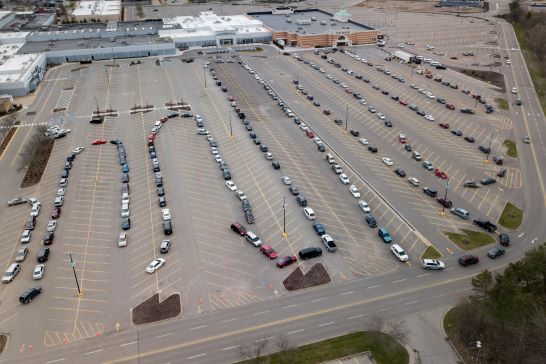“Grocery prices have skyrocketed during the coronavirus pandemic,” CNBC says (read story here). I’ll bet you’ve noticed. I have.
I’m talking about grocery prices, not your total food spending, which may be less if you ate out a lot until Covid-19 closed the restaurants. Meal-for-meal, it’s much cheaper to eat at home.
But your grocery bill likely has gone up for several reasons: Higher food prices, buying more groceries because you’re eating more meals at home, the kids aren’t eating school lunches, and maybe you’re also paying for home delivery and tipping the driver.
Just buying more groceries, or paying more for them, would do it. In other words, in A + B = C, C (your present grocery budget) has to be more than A (your previous grocery budget), because B (more groceries + higher prices) is not zero. (This won’t get me a Fields Medal. I’m too old to be eligible, anyway.)
Since the pandemic started, meat and poultry prices have risen 11% through June, the latest data available, with beef up a whopping 20%, according to a federal agency that tracks these things. But you should avoid beef anyway; it’s bad for you. Turns your arteries into lead pipes.
While the U.S. isn’t facing a food shortage (read about that here), some food items are in short supply. No surprise there. It stands to reason that with millions of workers staying home, processing plants and distribution systems aren’t operating at full capacity. You may have seen news reports about meat plants closing, and workers refusing to return to processing lines, because of rampant spread of Covid-19 in those plants.
And while the CNBC article didn’t mention it, grocery stores have new costs: Hazard pay for employees, protective equipment from checkout line shields to more cases with doors, and extra cleaning efforts; while limiting store hours, the number of customers in stores, and being unable to stock some items cuts into their revenues.
To stay in business, stores have to pass on their Covid-related costs to customers. These costs end up in “B” in the formula above.
Rising food prices is a separate issue from the income loss and financial distress wrought by Covid-19, but aggravates those problems. More people are going to food banks, which are under growing stress as they face unprecedented demand (for story and pics, click here).
Meanwhile, the stock market keeps going up, and up, and up.
Photo: Line at Minneapolis drive-thru food bank (Mother Jones)
